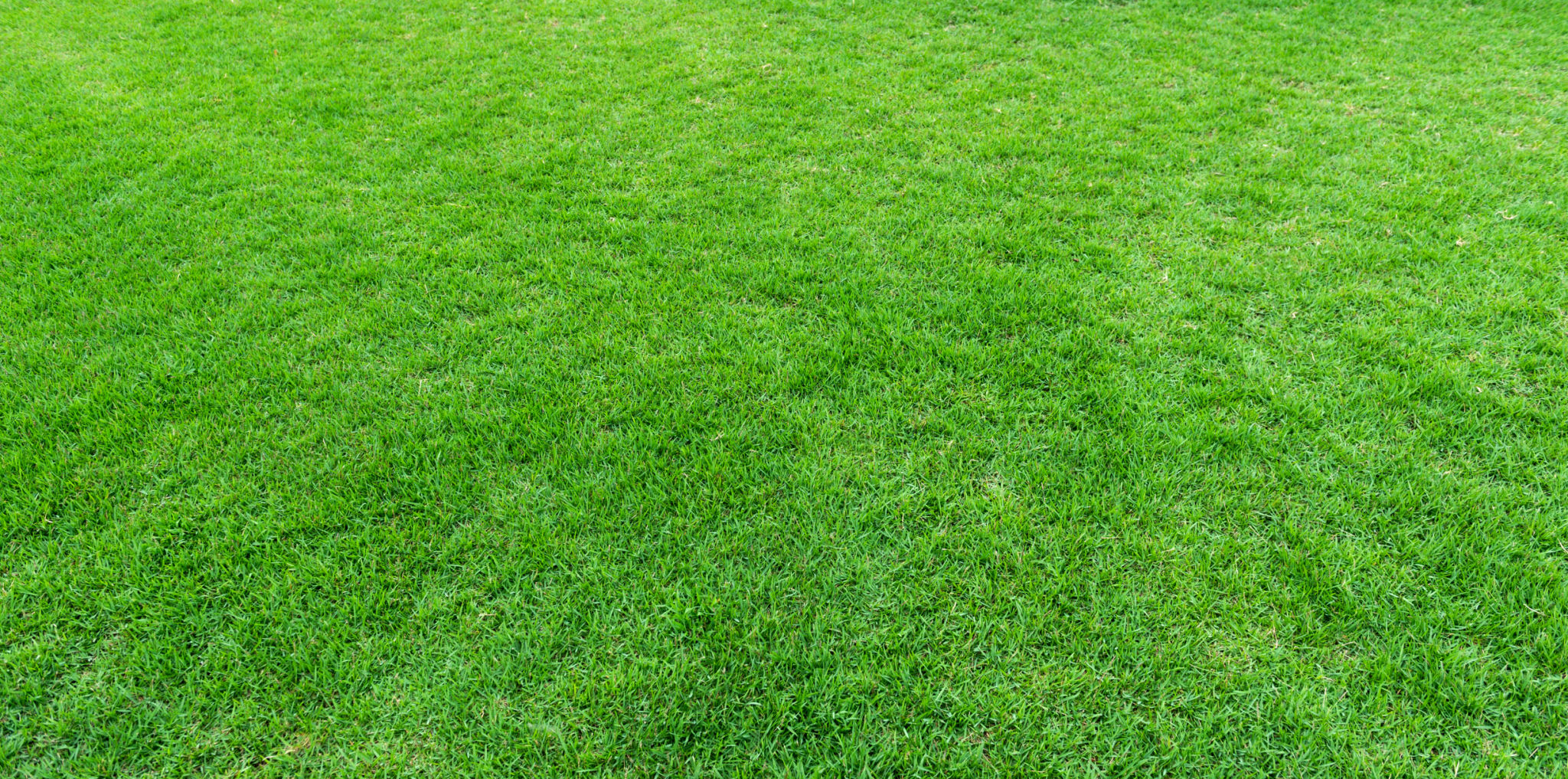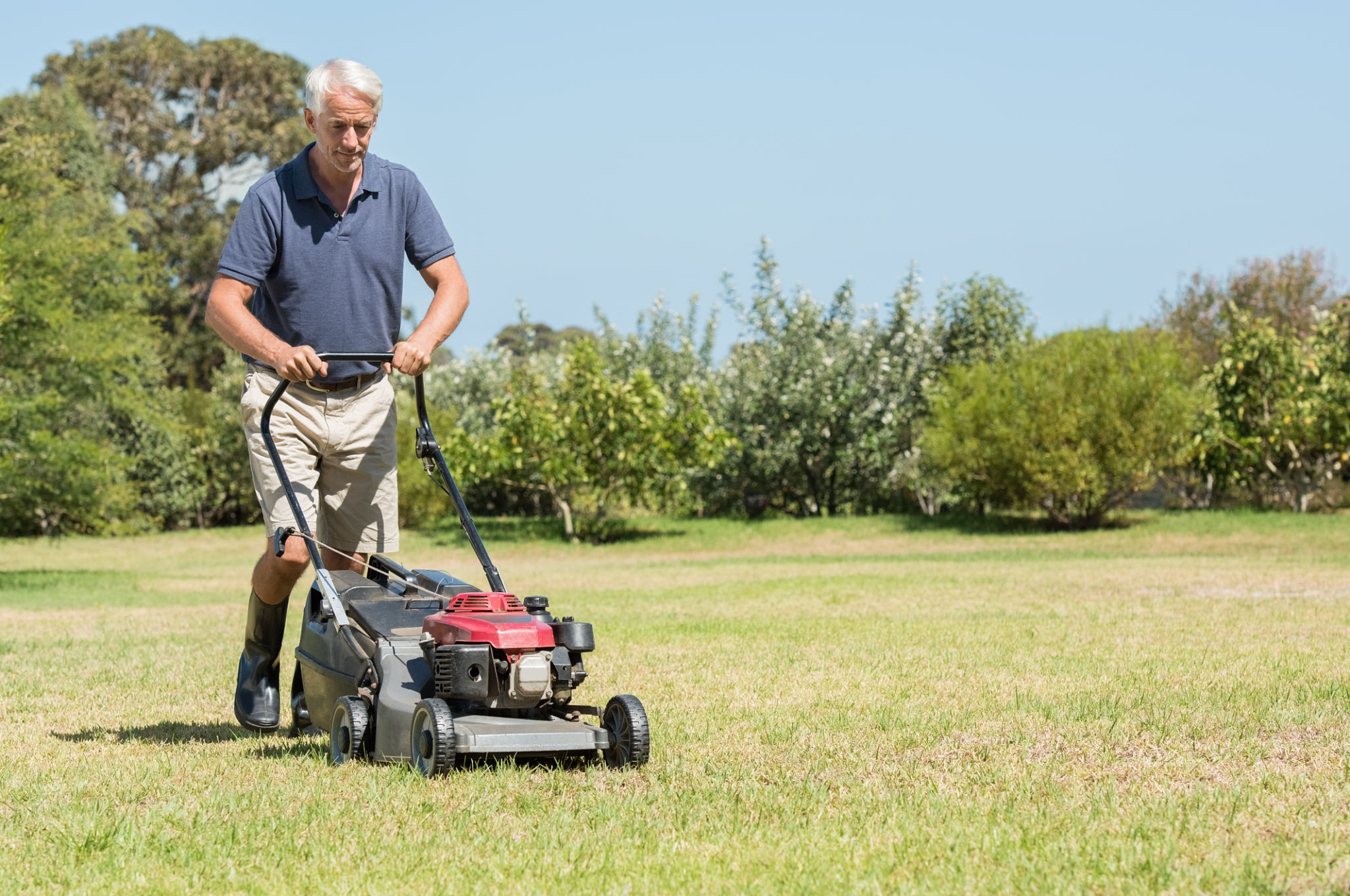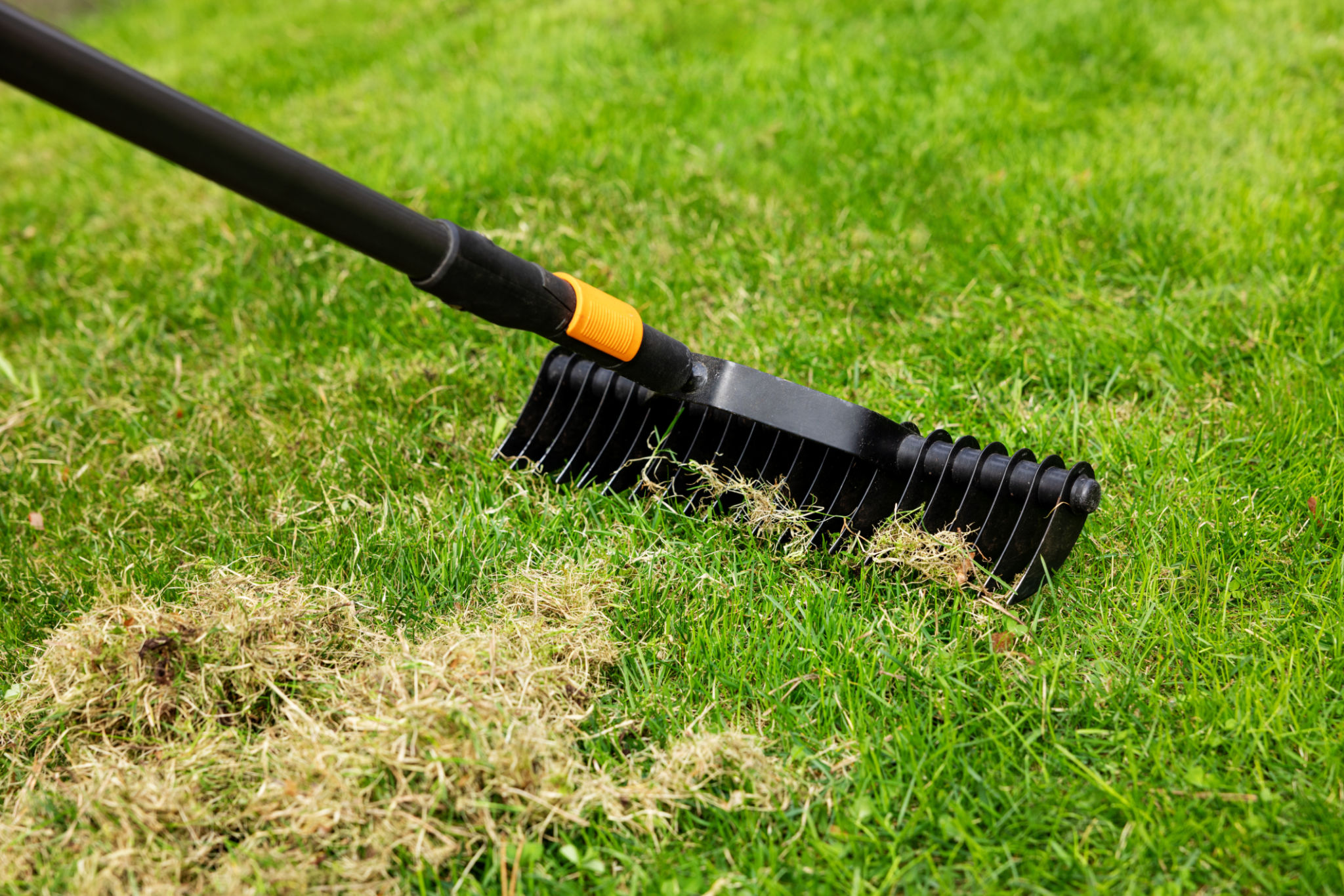DIY Lawn Maintenance: A Step-by-Step Guide for Essex County Homeowners
Understanding Your Lawn’s Needs
Maintaining a lush and healthy lawn in Essex County requires an understanding of various factors such as soil type, grass species, and local climate conditions. Before diving into any maintenance routine, take the time to identify the specific needs of your lawn. Different grass types require different care, and understanding your soil's pH and nutrient levels will guide your fertilization and watering practices.

Essential Lawn Care Tools
To start your DIY lawn maintenance journey, it’s crucial to have the right tools on hand. Some basic tools you’ll need include a lawnmower, a rake, a spade, a garden hose with a spray nozzle, and a fertilizer spreader. Investing in quality tools can make the maintenance process more efficient and enjoyable. Additionally, consider purchasing a soil test kit to monitor your lawn's health regularly.
Regular Mowing Practices
Mowing is one of the most important aspects of lawn care. Regular mowing keeps your grass healthy and strong by encouraging growth and preventing diseases. Aim to mow your lawn once a week during the growing season, adjusting the frequency based on growth rates. Always keep your mower blades sharp for clean cuts and avoid cutting more than one-third of the grass height at a time.

Watering Tips and Techniques
Proper watering is vital to maintaining a thriving lawn. Essex County homeowners should aim to water their lawns deeply but infrequently, typically once or twice a week. This encourages deeper root growth and makes your lawn more drought-resistant. Water early in the morning to minimize evaporation and fungal diseases. A well-placed rain gauge can help you track rainfall and adjust your watering schedule accordingly.
Fertilization Strategies
Fertilizing your lawn provides essential nutrients that promote healthy growth. In Essex County, it's best to fertilize in the spring and fall when grass is actively growing. Use a slow-release granular fertilizer for even nutrient distribution, and follow the manufacturer's instructions to avoid over-fertilization, which can harm your lawn. Always water your lawn after applying fertilizer to help it absorb the nutrients effectively.

Weed Control Methods
Weeds can quickly overtake even the best-kept lawns if not managed properly. Regular mowing helps prevent weed growth, but sometimes additional measures are necessary. Consider using a pre-emergent herbicide in early spring to prevent weed seeds from germinating. For existing weeds, hand-pulling or spot-treating with a post-emergent herbicide can be effective.
Aeration and Dethatching
Aeration and dethatching are essential for maintaining healthy lawns by improving air circulation and nutrient absorption. Aeration involves perforating the soil with small holes to allow water, air, and nutrients to penetrate the grassroots. Dethatching removes the layer of dead grass and roots that can suffocate your lawn. Both processes should be done at least once a year, ideally in the spring or fall.

Seasonal Maintenance Tips
Each season presents unique challenges for lawn care in Essex County. In spring, focus on repairing winter damage and fertilizing. Summer requires diligent watering and mowing due to increased heat and sun exposure. In fall, concentrate on aeration, overseeding, and applying a winterizer fertilizer to prepare your lawn for colder months. Finally, winter is the time to clean up debris and plan for the upcoming year’s maintenance schedule.
By following these DIY lawn maintenance steps, Essex County homeowners can enjoy a vibrant and healthy lawn year-round. Consistency is key, so make a schedule that works for you and adapt as needed based on your lawn's specific requirements.
